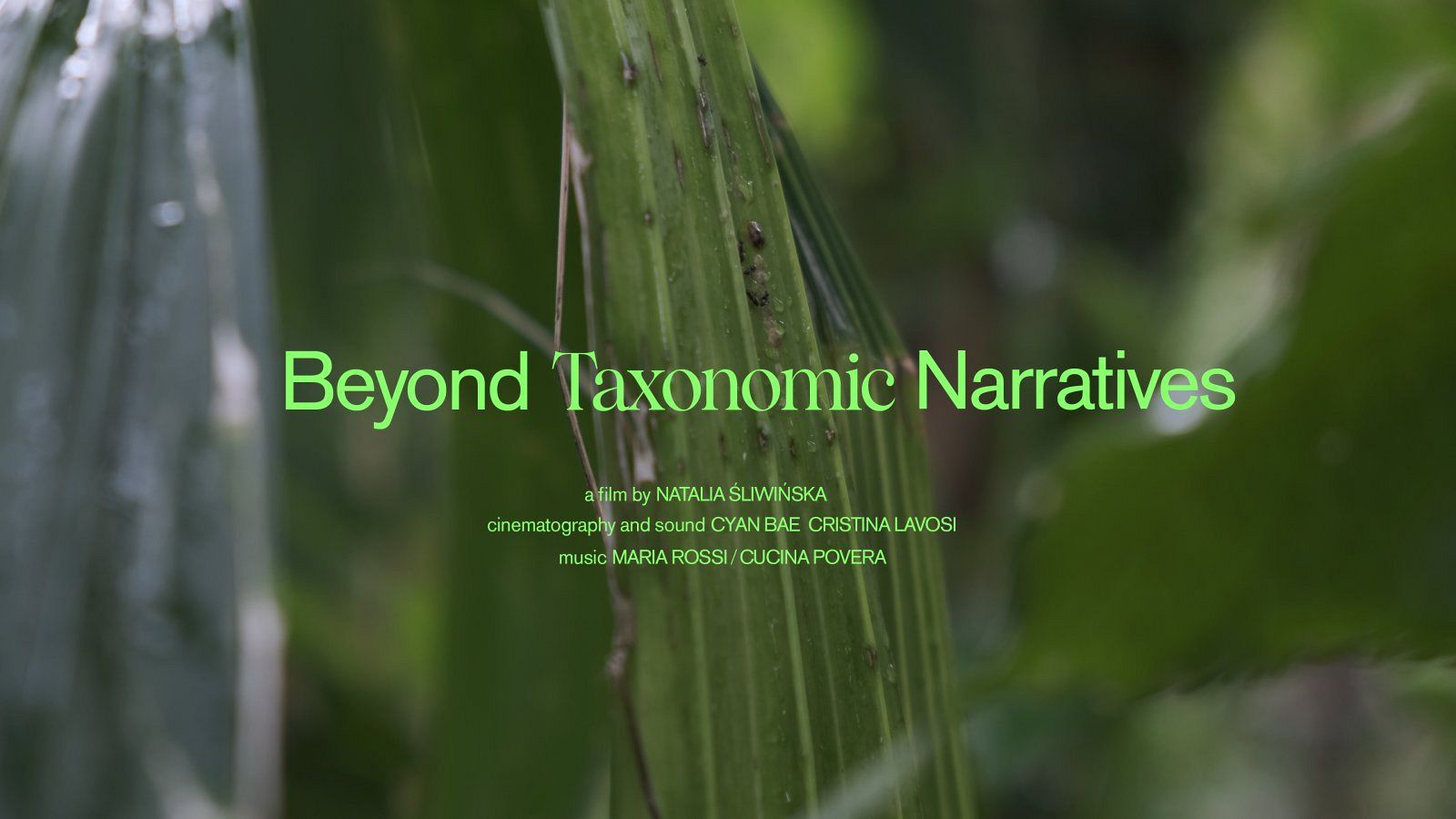
Natalia Śliwińska
Keywords: Archive, Taxonomy, Storytelling
In the fibre collection of Naturalis Biodiversity Center, there is a selection of Panama hats stored under the taxonomic name of the plant that is used to make it; Carludovica Palmata. Between 1913–1947, in a Braiding School based in Mariapatronaat Catholic institution in Paramaribo, a group of Surinamese single mothers used to make these Panama hats, but the story of the makers is not present.
Beyond Taxonomic Narratives investigates how the retelling of unreported stories and reading of archives should take place, questioning the role of institutions in acknowledging similar stories. The project explores how decolonial rereading of archives is currently taking place across Dutch institutions and looks into ways of counter-archiving. The weaving of personal and interview narratives reflects on how archival material and storytelling could be used as a tool to de-center the archival perspective.
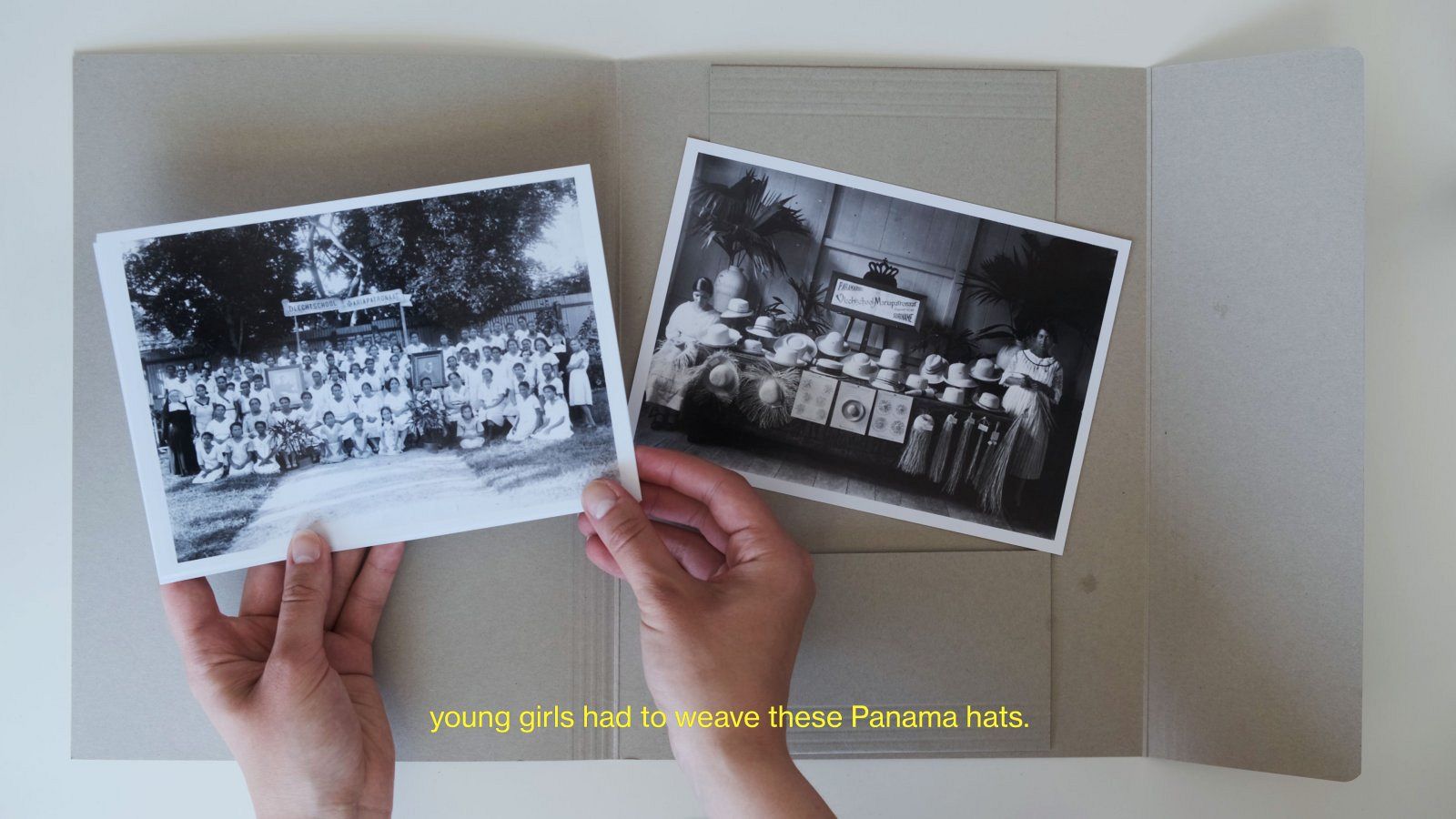
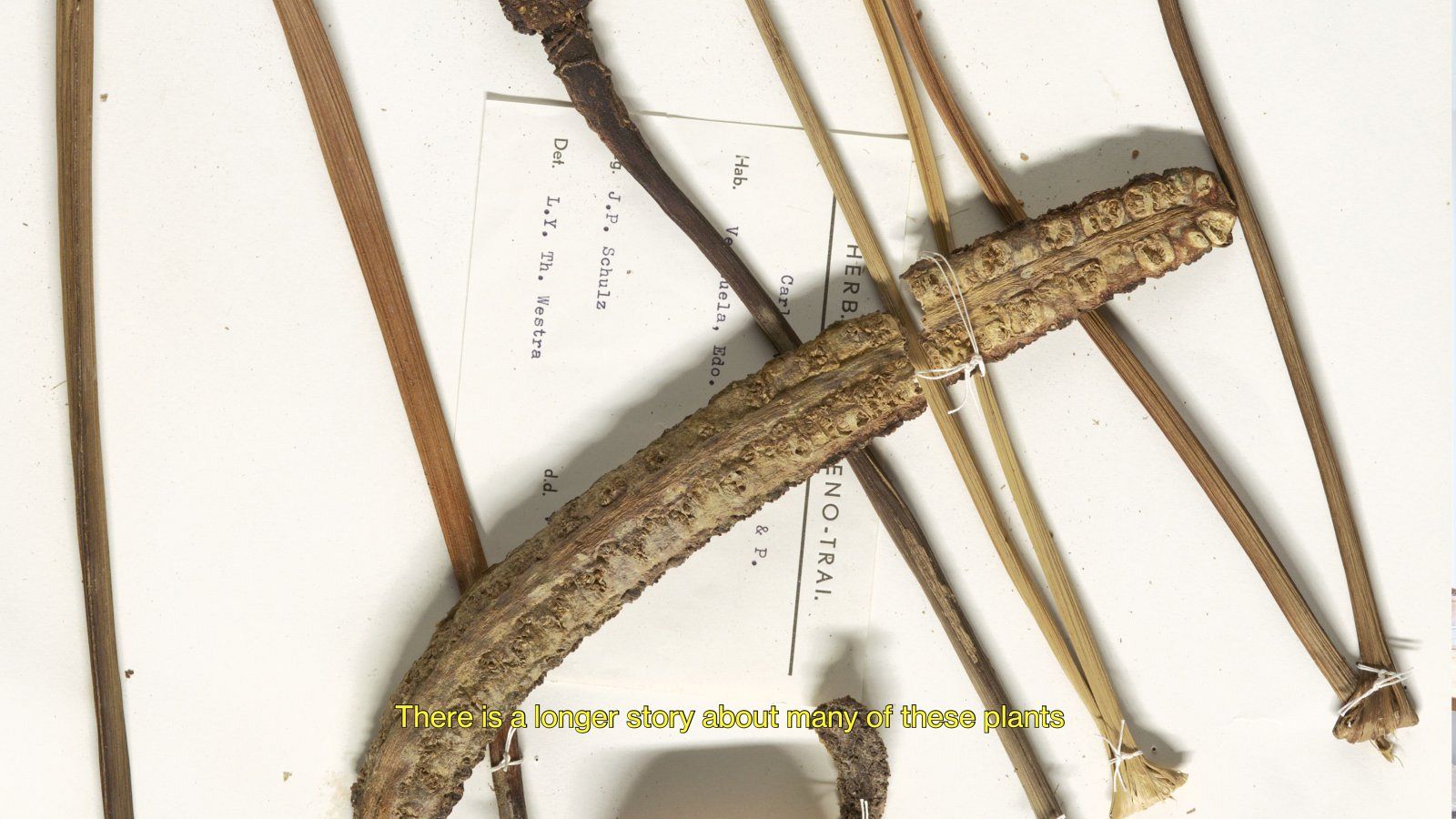


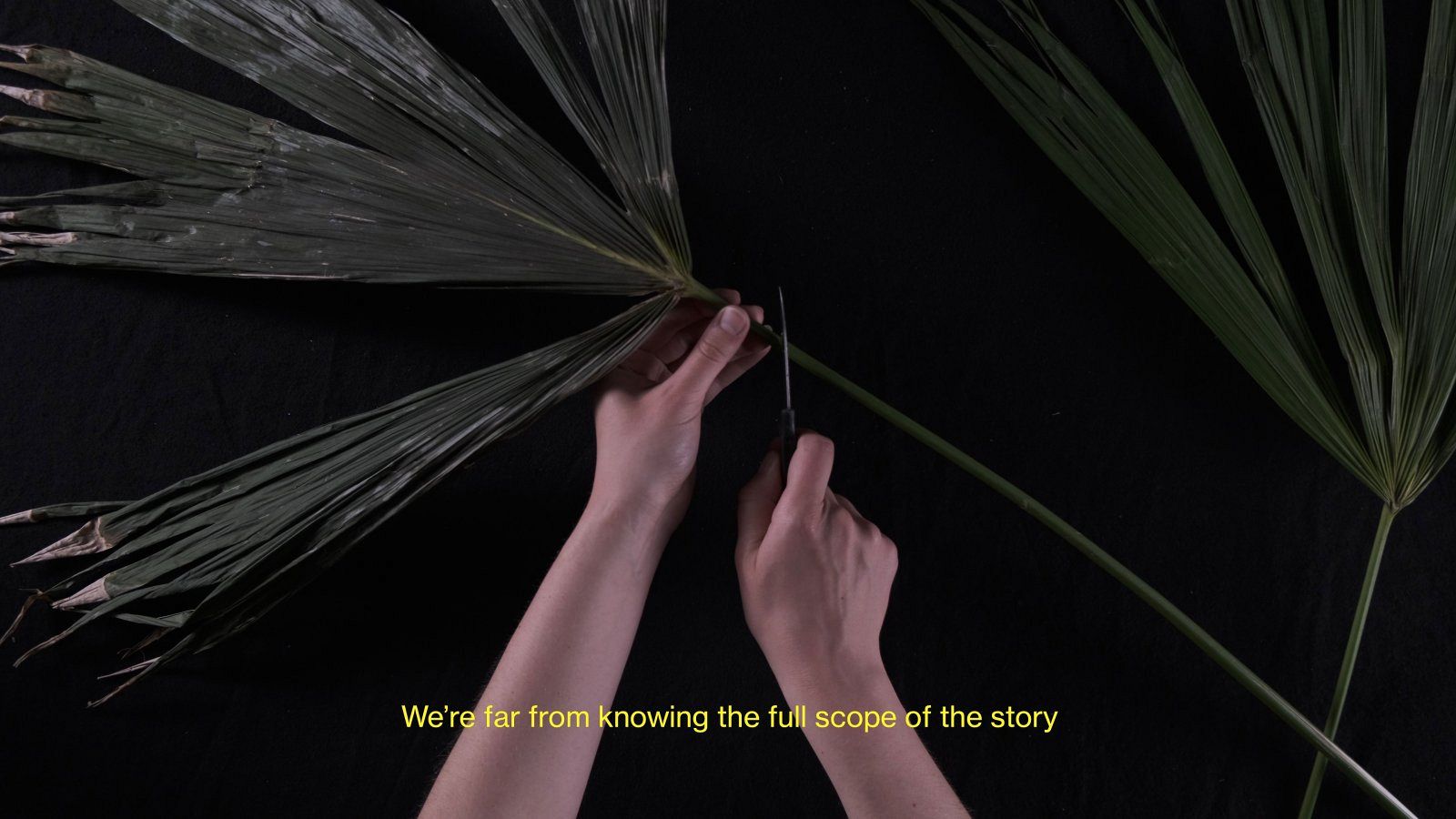
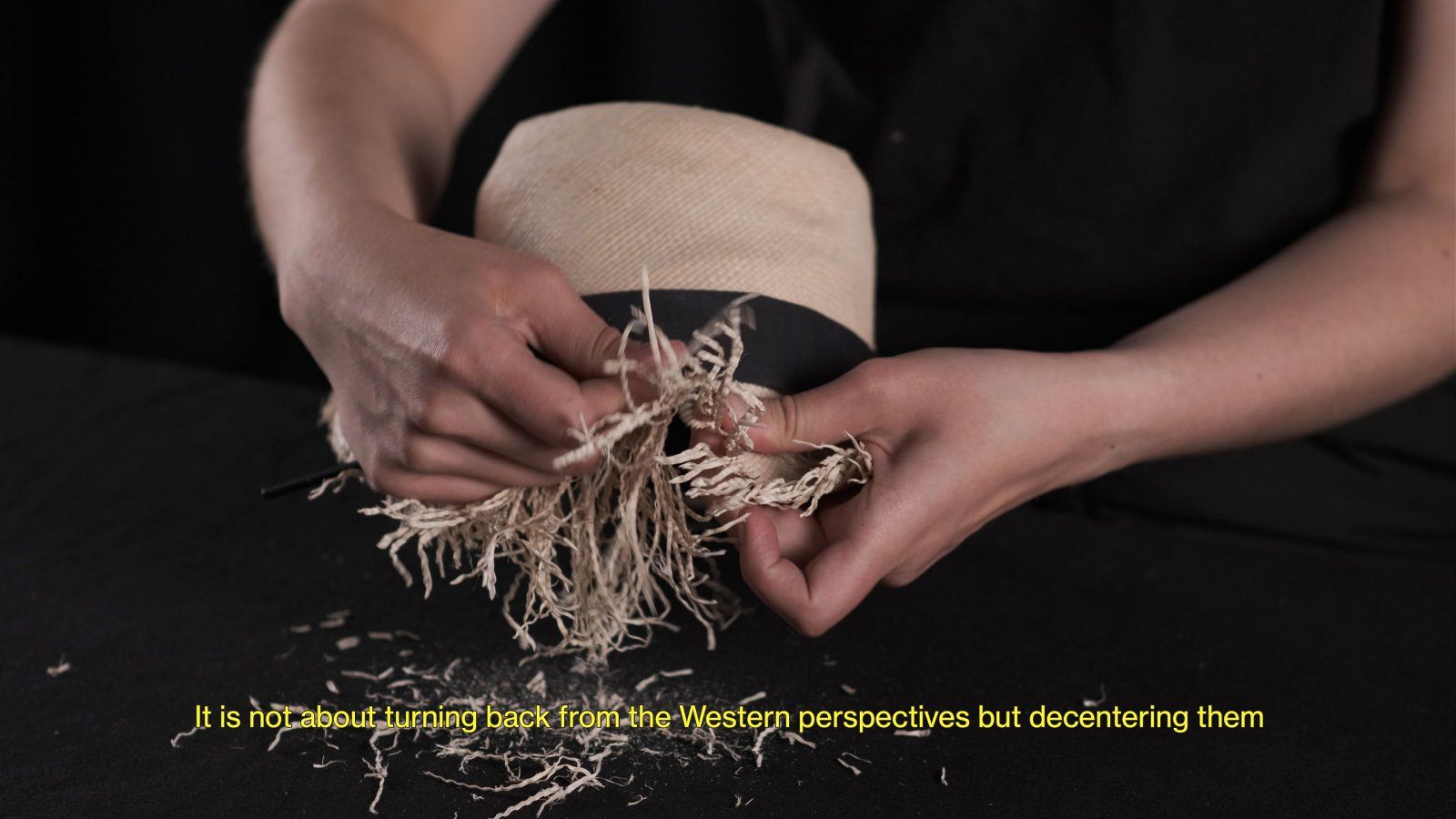
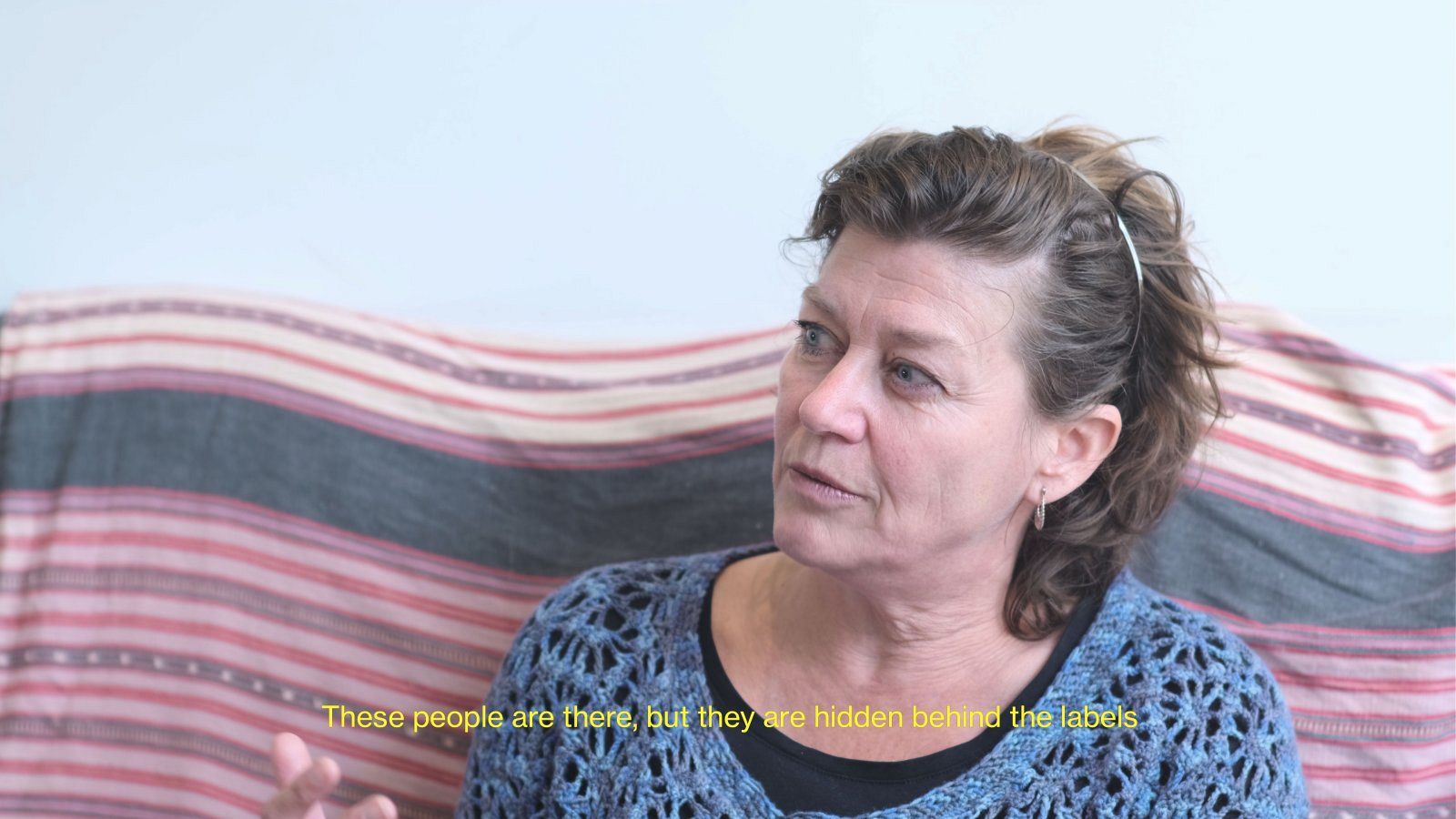
Nature: Solved? The Structures of Naming and Knowing
Thesis
The human-designed classification systems such as the Linnaean taxonomy, largely underrepresent the complexity of the natural world. These systems considerably impact how we develop our relationship with the non-human entities. By introducing taxonomy as an epistemic tool embedded in the Western European colonial/modern logic, this paper analyses its robust linguistic and logistical structures. It argues against the universality of Western European knowledge systems by drawing on non-Western perspectives and ideas. It points out the narrowness of taxonomic frameworks and how such systems contribute to producing divisions and separations. The paper further calls for the multiplicity of epistemologies and perspectives. It asks: how can we develop more inclusive infrastructures that provide for all the beings? It explores two possible pathways: it draws on a decolonial notion of border thinking and argues for the transformation of current infrastructures through the concept of "the common".
Read here